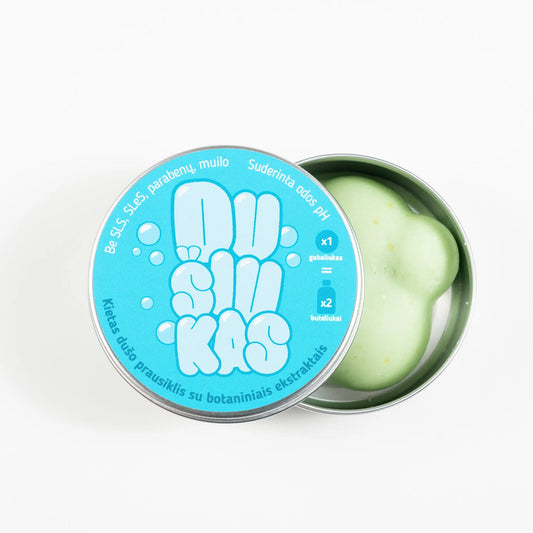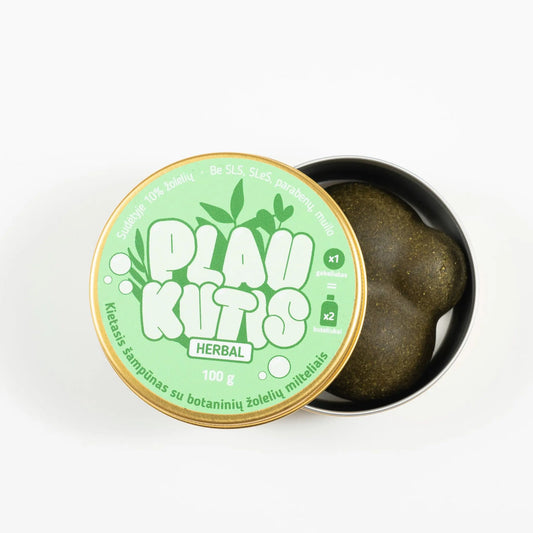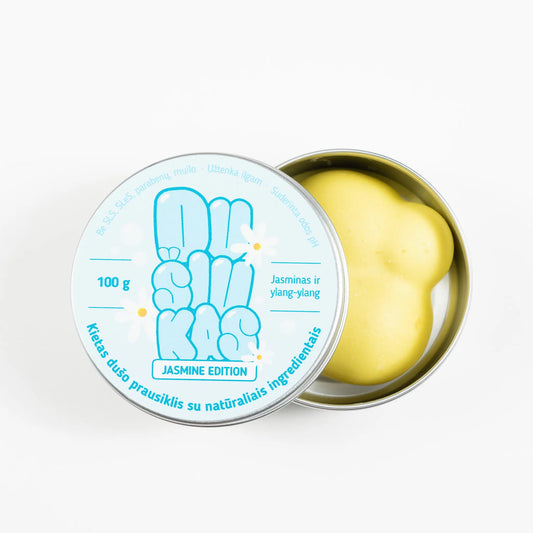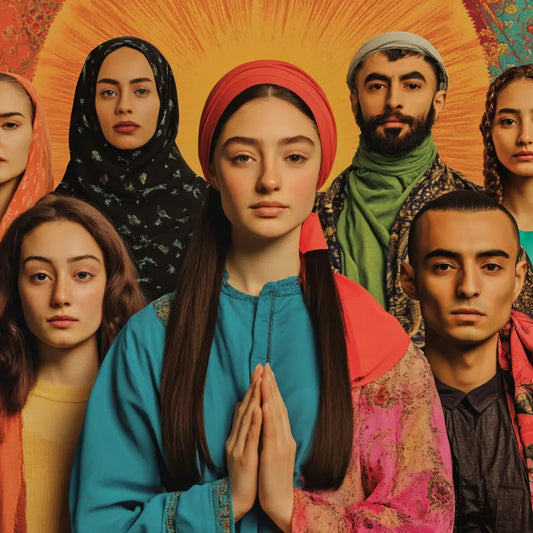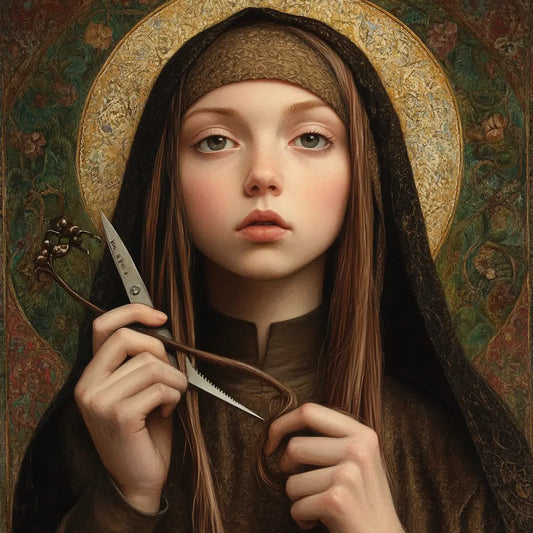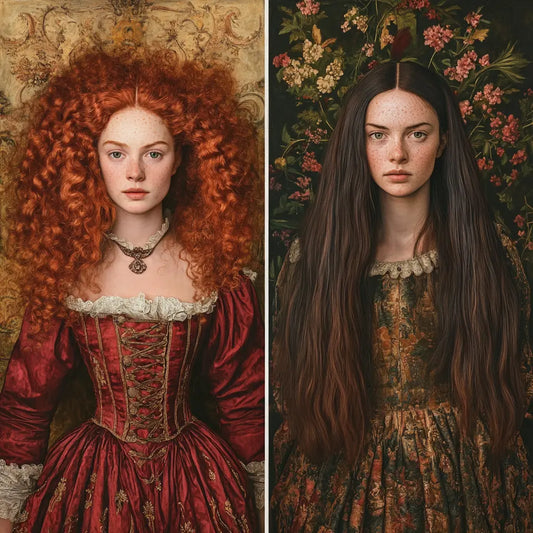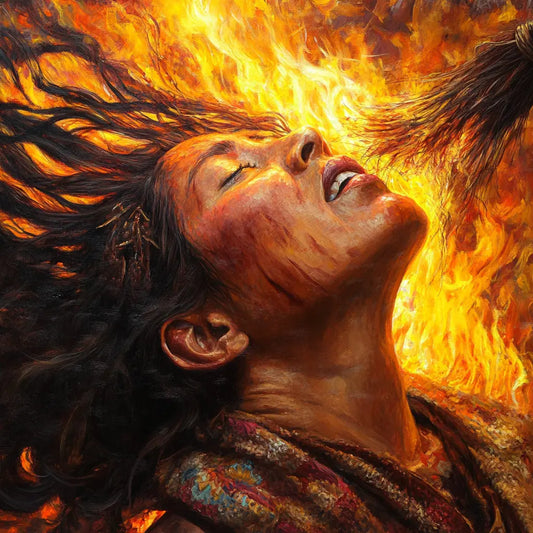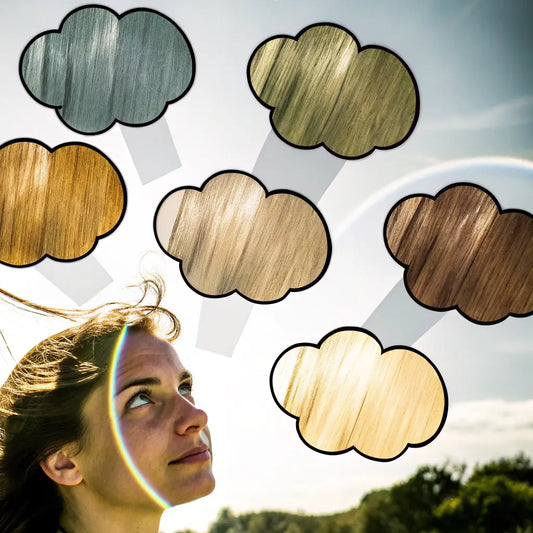Hair has always been more than just a part of our bodies. In ancient civilizations, hair symbolized much more – it reflected culture, status, beliefs and even spiritual connection. From Mesopotamia to Rome, the way hair was styled, cared for and valued told a lot about the societies of the time. Let’s explore this fascinating world of hair in ancient times and uncover the secrets these civilizations held.
1. The significance of hair in ancient societies
In ancient times, hair was an important part of one's personality. It wasn't just a matter of beauty; hair indicated social status, religious beliefs, and cultural values. People's hair choices reflected their position in society. For example, nobles and upper-class people often chose elaborate hairstyles, while commoners usually wore simpler ones.
In some cultures, hair even had a spiritual significance – it was considered a connection to the divine. Women’s hairstyles could indicate their marital status, wealth, or social role. Men often wore certain hairstyles to show their power or maturity. In short, hair was a way for ancient people to express who they were.

2. Hair in Mesopotamian civilization
2.1. Hair as a status symbol
In Mesopotamia, hair played an important role in indicating a person's position in society. Long hair was often associated with strength and power. Upper-class men typically wore their hair long, coiled. They used heated tools to create intricate curls and waves. Short hair was more common among slaves and lower-class men. Higher-status women also wore their hair in elaborate braids and buns, using pins and jewelry.
Priests and priestesses had their own unique styles. Their hair was often shaved or combed in a certain way to reflect their connection to the deity. These differences in hair care made it easy to identify a person's role or rank in Mesopotamian society.
2.2. Hair care habits
The Mesopotamians took hair care very seriously. They used natural oils like sesame and castor to keep their hair smooth and healthy. These oils were massaged into the scalp, helping to keep the hair nourished and shiny. They also used various herbs and plant extracts in their hair care routine.
A mixture of water and natural cleansers, such as clay, was used to wash hair. This clay worked in a similar way to today’s shampoo – removing dirt without stripping the hair’s natural oils. The Mesopotamians also used combs made of bone or wood to comb and style their hair. Their focus on hair health shows how much they valued their hair.

3. Hair in Ancient Egypt
3.1. Symbolism and societal norms
The Egyptians viewed hair care differently than other cultures. Wigs were an important part of Egyptian culture. They not only protected natural hair from the sun, but also acted as status symbols. High-ranking individuals often wore wigs made of human hair and decorated with gold, beads, and ribbons.
For both men and women, baldness was sometimes considered a sign of purity. Many Egyptians shaved their heads to keep themselves clean, especially because of the hot climate. However, on special occasions or ceremonies, they adorned their heads with wigs. Wigs made of real hair could only be afforded by the wealthy, while people of lower status used wigs made of plant fibers or wool.
3.2. Hair care innovations
The Egyptians were very inventive when it came to hair care. They used various oils, such as castor, coconut, and almond, to nourish their hair and wigs. These oils gave the hair shine and protected it from dry, hot weather.
Henna was another staple hair care product in ancient Egypt. It was used not only to dye hair a rich reddish-brown color, but also to condition and strengthen hair. Interestingly, the Egyptians also had hair extensions, such as hair ties, to add volume and length. This early use of hair extensions suggests that the desire for thicker hair had existed for millennia.

4. Hair in Ancient Greece
4.1. Hairstyles and social identity
In ancient Greece, hairstyles reflected social identity and beliefs. Greek women often wore their hair long, forming it into intricate braids or ponytails. These hairstyles were not just a matter of beauty; they indicated marital status. For example, unmarried women usually wore their hair loose, while married women tied it up in a ponytail.
Men, especially those of higher status, usually had shorter hair and kept it neat in curls. Hair length and style varied between city-states. In Athens, men preferred short hair to show their civilized nature. However, in Sparta, long hair was associated with strength and power.
4.2. Hair in mythology
Hair also played an important role in Greek mythology. For example, Medusa was famous for her snake-like hair. This symbolism showed that hair could be both a source of beauty and a tool of power. Gods and goddesses in mythology often had certain hairstyles that reflected their qualities. For example, Apollo, the god of music and healing, was often depicted with flowing, curly hair, symbolizing youth and vitality.

5. Hair in Ancient Rome
5.1. Social hierarchies and hairstyles
For the Romans, hair was a clear indicator of status. Upper-class women wore elaborate hairstyles, with twisted curls, braids, and knots. Wealthy Roman women even had slaves called "ornatrices" who specialized in creating these elaborate hairstyles. Wigs and hair extensions were popular and were often made from slave hair.
Men usually had short hair, influenced by the neat appearance of the Roman soldier. However, as the empire expanded, the Romans adopted new styles from conquered territories. For example, the trend of blonde hair became popular, and Roman women began to use hair dye or wigs imported from northern Europe.
5.2. Hair care and fashion trends
The Romans were quite advanced in hair care and fashion. They used various accessories such as hairpins, combs, and headbands made of bone, ivory, and precious metals. Curling irons, made of metal rods heated over a fire, were used to create curls and waves.
The Romans also used various mixtures to dye their hair. One popular dye was made from a mixture of ash and vinegar, which was dangerous but sought after for changing hair color. This shows that even in ancient times, people went to great lengths to achieve a fashionable look.

6. Interesting facts: cross-cultural connections in hair care
- Mesopotamian curls: The Mesopotamians were among the first to use heated tools to curl hair, a practice later adopted by the Greeks and Romans.
- Egyptian wigs: Egyptian wigs were so popular that they were traded throughout the Mediterranean region and influenced hair fashion in Greece and Rome.
- Henna Travels: The use of henna for hair dyeing, native to Egypt, spread to other cultures through ancient trade routes.
- Greek Braids: Greek braided hairstyles inspired Roman women's hairstyles, giving rise to more elaborate styles in Roman society.
- Hair Accessories: Roman trade brought hair accessories, such as ivory combs, to regions as far north as present-day France and Britain.
Practical tips from ancient hair care
- Oils for hair health: Use natural oils like coconut, almond, or castor to nourish and strengthen your hair. The Egyptians used them to make their hair shiny and smooth.
- Herbal rinses: Make a hair rinse with herbs like rosemary or nettle, inspired by Mesopotamian practices, to cleanse and condition the scalp.
- Henna for coloring: Consider using natural henna to color your hair, which conditions and adds color. This is a trick passed down from ancient Egypt.
- Master the braids: Get inspired by the image of a Greek goddess by experimenting with braids. Not only do they look beautiful, but they also help protect your hair from damage.
- Accessorize: Add hair clips, headbands, or combs to your hairstyle. Romans used hair accessories to express their personal style.

FAQ
-
Did ancient people wash their hair?
Yes, they did. Ancient cultures used natural remedies like clay, herbs, and oils to cleanse and nourish hair. -
How did the Egyptians cope with the hot climate and their hair?
Egyptians often shaved their heads and wore wigs to protect themselves from the sun. Wigs were also a symbol of status and fashion. -
Were ancient hair dyes safe?
Some dyes, such as the henna used by the Egyptians, were natural and safe. However, others, such as the Roman mixture of ash and vinegar, could be harmful. -
Did ancient men care about their hairstyles?
Of course! In many ancient societies, men's hairstyles indicated status, age, and strength. They took their appearance seriously, especially in Greece and Rome. -
How long did it take to create such hairstyles?
Some elaborate hairstyles, especially in Rome, took several hours to complete. Wealthy women often had slaves dedicated solely to hair care.
Conclusion
Hair has always been a way for people to express their identity, status, and culture. From intricate Egyptian wigs to refined Roman curls, ancient hair care practices continue to inspire modern trends today. So the next time you style your hair, remember – you are part of a long history of hair fashion! Feel free to share your hair care tips or stories in the comments!

